The meaning of wearing a yukata vs kimono differs greatly depending on the occasion. This time, let me explain these differences in detail.
Yukata vs Kimono : The Charm and Characteristics of Materials and Design
The yukata, a symbol of Japanese summer, and the formal kimono are known for their unique materials and designs. These traditional garments are essential elements in expressing the culture and seasonal beauty of Japan.
Yukata : Cool Fabrics and Simple Design
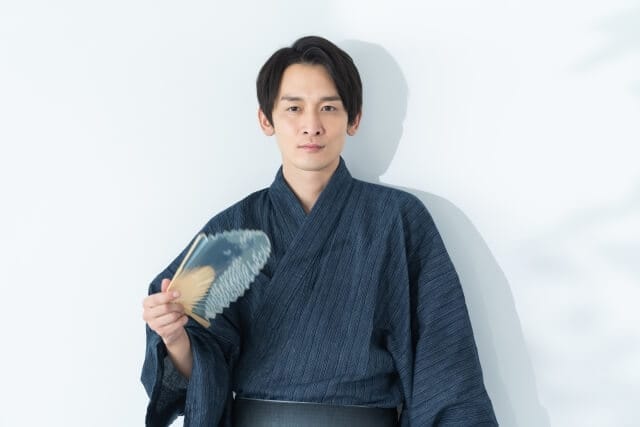
Yukatas are made from lightweight cotton or linen, designed to alleviate the summer heat. These breezy materials are perfect for Japan’s hot and humid climate, offering comfort and coolness to the wearer.
The design of yukatas is simple yet elegant, popular for events like summer festivals and firework displays. Their vibrant patterns and modern prints appeal to a wide range of ages, from young people to the elderly.
Kimono : Luxurious Materials and Delicate Decorations
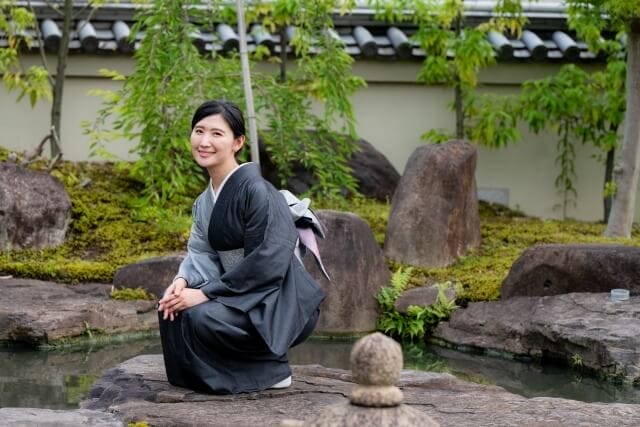
In contrast, kimonos use a variety of luxurious materials, including silk and habutae (a type of smooth, lightweight silk).
These fabrics are lustrous, with a delicate texture and deep colors. Kimono designs often involve complex patterns, including hand-embroidery and decorations using gold and silver threads.
The motifs and color schemes are chosen according to the season and occasion, reflecting the wearer’s status, age, and the time of year.
Yukata and Kimono : Occasions and Cultural Significance
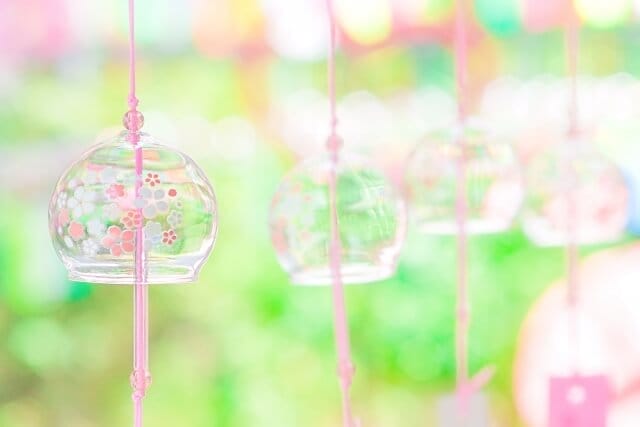
Japanese traditional garments, the yukata and kimono, hold distinct occasions for wear and cultural meanings. These outfits reflect the diversity and traditional lifestyle of Japan.
Yukata : Casual Charm for Summer Festivals
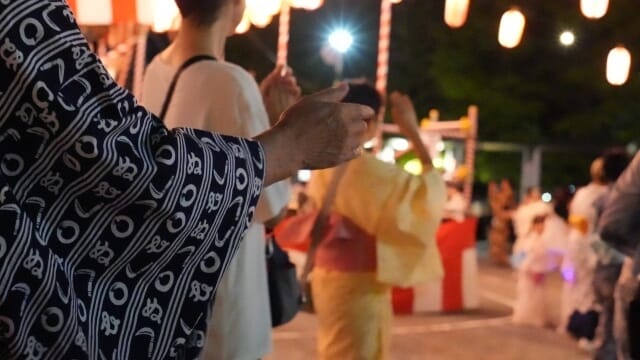
The yukata is typically worn during casual events like summer festivals and firework shows. Known for its light and cool fabric, it’s perfect for the hot season. With vibrant and fun designs, it’s especially popular among the youth. Wearing a yukata at these events is part of the joy of summer, representing a cultural way to enjoy the season.
Kimono: Formal Wear for Special Occasions
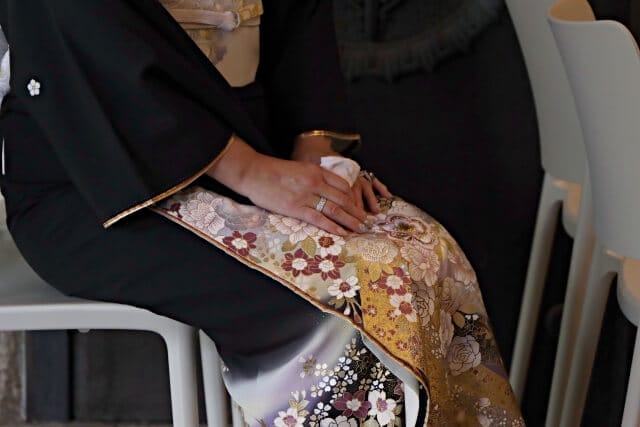
Kimonos are often chosen for more formal settings and special events, reflecting the wearer’s status, the season, and the occasion. Common at weddings, coming-of-age ceremonies, and tea ceremonies, kimonos signify important social events and traditional rituals.
Their rich colors and intricate designs express the wearer’s elegance and cultural heritage. The seasonal designs and colors also embody Japan’s four seasons.
Thus, yukatas and kimonos merge traditional Japanese customs with contemporary lifestyles through their respective occasions and cultural significance. These garments are an integral part of Japan’s cultural landscape, cherished across generations.
Yukata and Kimono : Differences in How to Wear and Structure
Japanese traditional garments, the yukata and kimono, differ significantly in their methods of wearing and structure. These differences offer unique appeals to each garment, catering to the experience and occasions of the wearers.
Yukata : Simple and User-Friendly
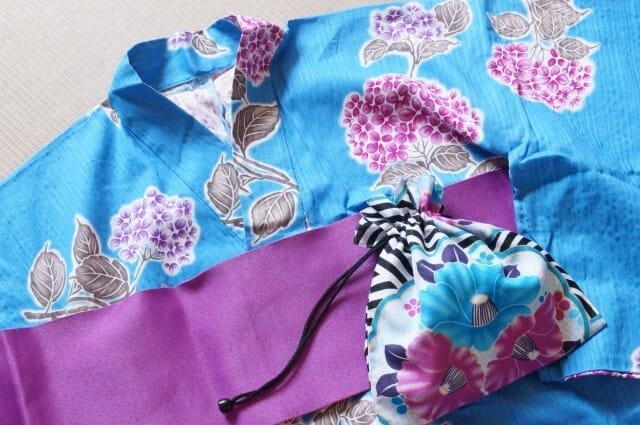
Yukatas are relatively easy to wear, making them accessible even for beginners. Their light material and simple structure allow self-dressing without much difficulty. The obi (belt) tied with a yukata is also straightforward, eliminating the need for special accessories or aids. This simplicity makes the yukata a popular choice for casual events and as everyday wear during the summer for all age groups.
Kimono : Delicate Dressing and Abundant Accessories
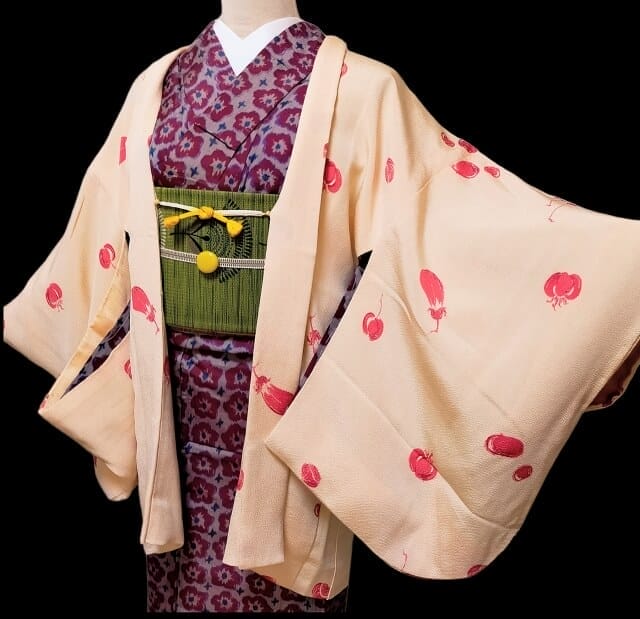

On the other hand, dressing in a kimono is more complex, requiring time and practice to master. The multi-layered structure of a kimono demands careful adjustments to create a beautiful silhouette. There are various styles of tying the obi, each suited to different occasions. Additionally, a range of accessories and aids are available to facilitate dressing and enhance the overall look. The intricate dressing process and accessories make the kimono highly regarded for formal occasions and special events.
In summary, yukatas and kimonos vary greatly in how they are worn and structured, each embodying its own cultural value and charm. These differences showcase Japan’s traditional aesthetics and functionality, offering distinct experiences to the wearers.
Yukata and Kimono : Price and Accessibility
Yukata : Affordably Priced
The yukata is generally more affordable compared to the kimono. This accessibility in price makes it a popular choice for those who want to experience wearing traditional Japanese attire without a significant investment.
Its affordability also contributes to its widespread use in casual settings, like summer festivals and firework events.
Kimono : Expensive and Valuable
In contrast, kimonos are often more expensive due to their intricate handcrafted designs and the use of high-quality materials. The craftsmanship involved in creating a kimono adds to its value, making it a prized possession and often a significant investment.
The high cost of kimonos also reflects their status as formal wear for special occasions and ceremonies, symbolizing elegance and tradition.
These price differences between yukata and kimono not only affect their accessibility but also influence the occasions and frequency with which they are worn, highlighting the unique cultural significance of each garment in Japanese society.
Basically, consideration is given so that yukata can be worn at Japanese inns and other places.
Historical Background
Yukata: A Garment for the Masses Since the Heian Period
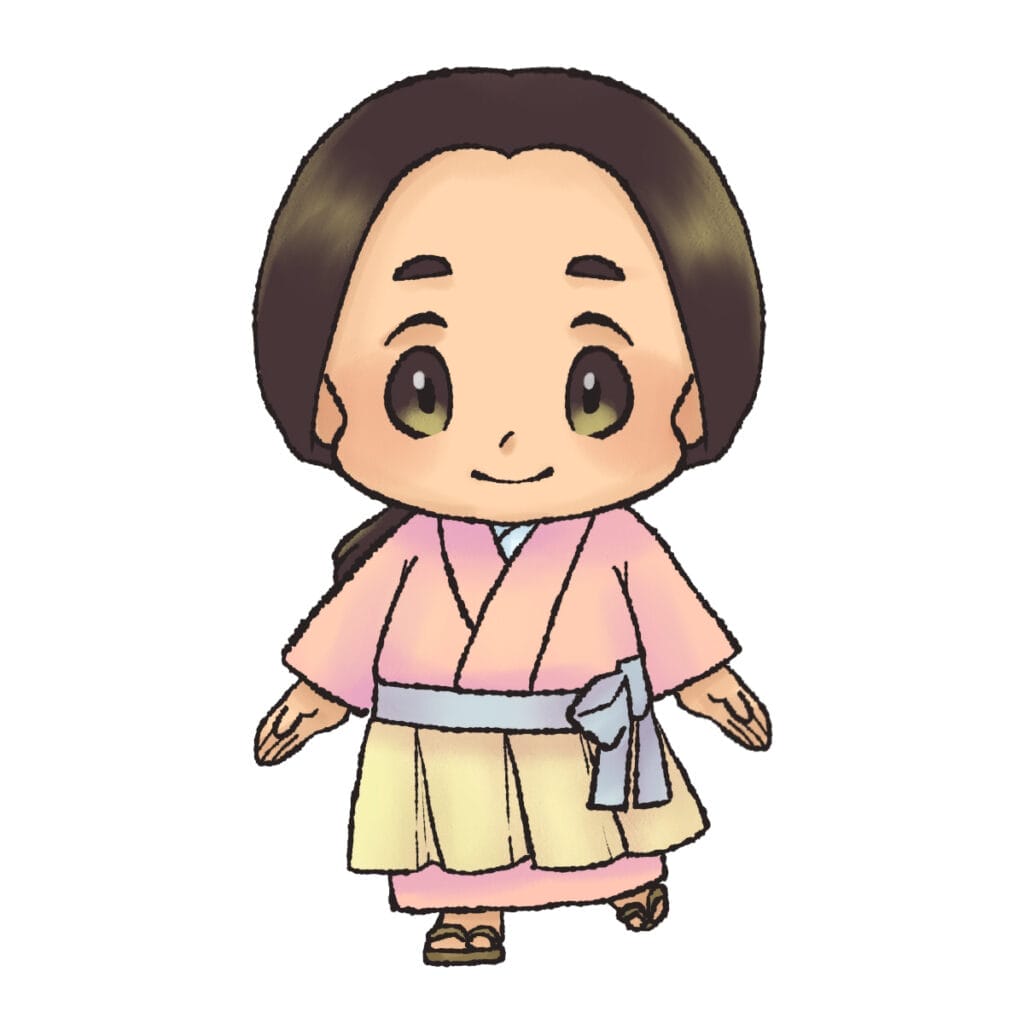
The yukata has a history dating back to the Heian period, where it started as a simple garment worn after bathing. Over time, it evolved into a popular summer attire for the general populace, signifying its transition from a functional piece to an integral part of everyday fashion. Its accessibility and simplicity made it a staple summer wear among the common people.
Kimono: From the Nara Period to Aristocratic Trend
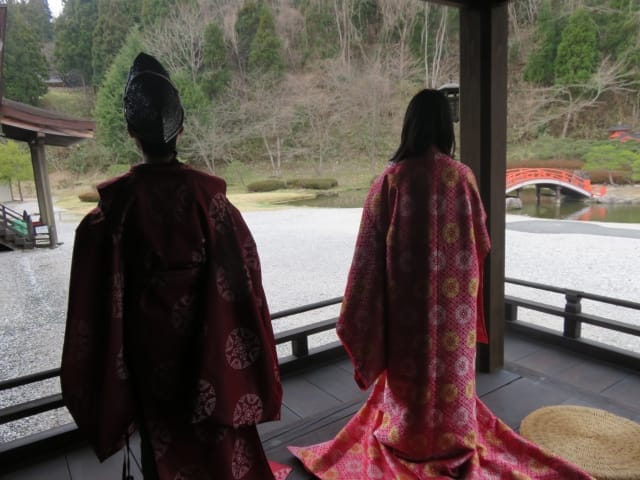
Originating in the Nara period, the kimono gained prominence during the Heian period, especially among the noble classes. It was a symbol of status and elegance, showcasing intricate designs and luxurious materials.
As time progressed, the kimono transcended social classes, becoming a widely embraced garment, reflecting the rich culture and fashion evolution of Japan.
These historical paths of the yukata and kimono not only highlight their cultural significance but also demonstrate the changes in Japanese society and attire preferences over the centuries.
Contemporary Significance and Popularity
Cultural Identity: Symbol of Japanese Tradition and Uniqueness
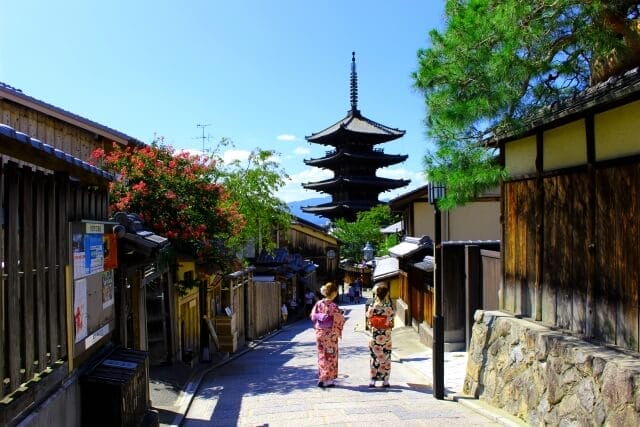
In modern times, both the yukata and the kimono serve as symbols of Japan’s rich cultural heritage and uniqueness. They are not just garments but embodiments of Japanese aesthetics and values.
Wearing these traditional outfits is a way for individuals to connect with and express pride in their cultural identity, especially in an increasingly globalized world.
Special Events and Ceremonies: Worn at Weddings, Coming-of-Age Ceremonies, etc.
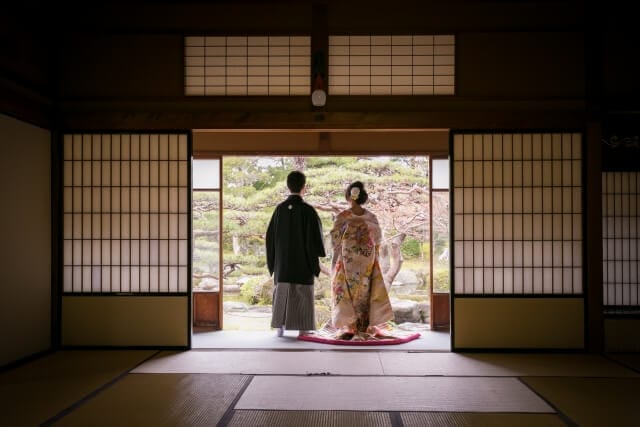
Yukatas and kimonos continue to be significant in modern-day Japan, particularly for special occasions and ceremonies. They are often chosen for events like weddings and coming-of-age ceremonies, where they add to the solemnity and beauty of the occasion.
These garments are not only about fashion but are also deeply tied to the observance of traditional customs and rites, playing an integral role in these important life events.
The enduring popularity of yukata and kimono in contemporary society underscores their relevance as more than just attire. They are vital components of Japan’s cultural expression, cherished across generations.
Fashion Item: Offering Unique Beauty and Elegance
Yukatas and kimonos are not just traditional garments; they are also esteemed fashion items. Their unique beauty and elegance captivate people worldwide. These outfits offer a distinct style that blends traditional designs with contemporary fashion, making them popular among those who appreciate both cultural depth and aesthetic appeal.
Tourist Attraction: A Popular Way to Experience Japanese Culture
For tourists, wearing a yukata or kimono has become a popular way to immerse in Japanese culture. Many visitors to Japan relish the opportunity to don these traditional outfits and explore historic sites, enhancing their travel experience. This aspect of cultural tourism helps in spreading awareness and appreciation of Japanese heritage.
Experience in Kyoto! Selected Kimono Rental Shops ( Top 3 )
Wargo : Wargo is one of the largest kimono rental options in Japan, with seven stores just in Kyoto. They offer a selection of around 4,000 kimonos and 3,000 yukatas. Professional staff assist with dressing and selection to ensure an authentic experience.
Rikawafuku : Located near Kiyomizu Temple, Rikawafuku offers a unique selection of 300 kimonos, including antique and modern designs. Their collection stands out for its distinctive and playful patterns, providing a blend of traditional and contemporary styles.
Yume Kyoto Kimono Rentals Gion : Yumekyoto, located next to Yasaka Shrine and near Kiyomizu Temple, offers kimono rental plans starting from about ¥3,000. Their location makes them an ideal choice for tourists looking to explore Kyoto’s scenic landmarks while experiencing traditional attire.
The price is usually 20$ to 40$ at the highest.
Expression of Seasonality: Yukata as a Symbol of Summer
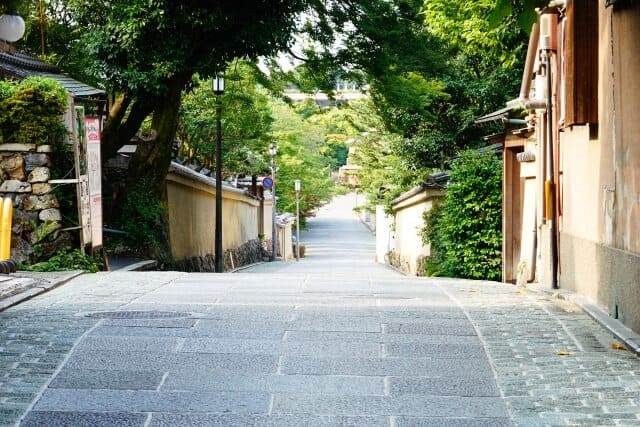
The yukata, in particular, is cherished as a seasonal symbol, closely associated with summer in Japan. It is not just a garment but a representation of summer’s joy and vibrancy, often seen at festivals and summer events.
This seasonal aspect of the yukata adds a layer of cultural significance, making it a beloved part of Japanese summer traditions.

